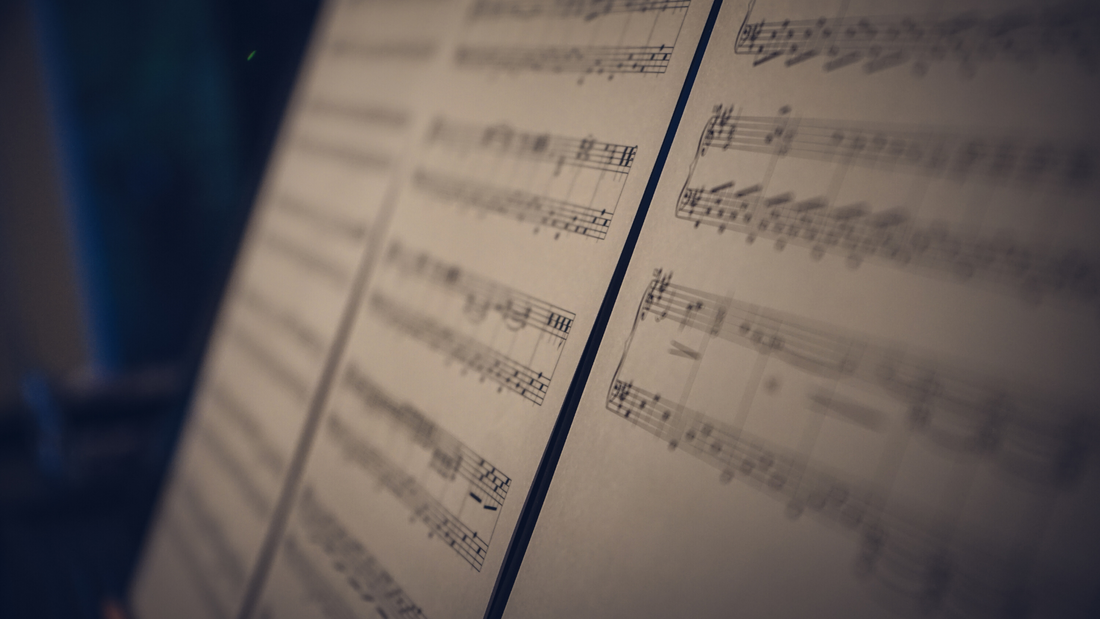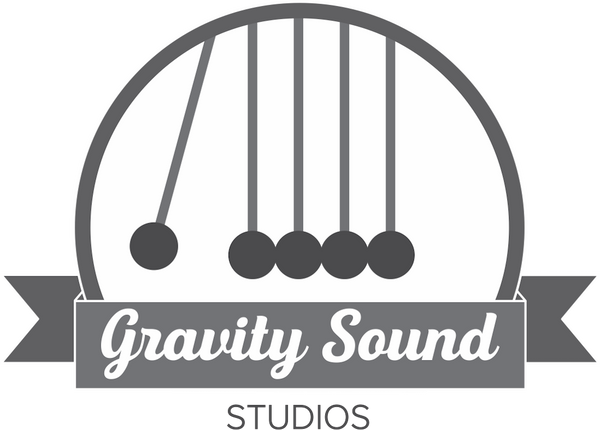
How Interval Music Theory Can Trick Your Brain
Share
From soundtracks to top 40 hits, skilled composers and producers know how to utilize intervals to evoke certain feelings that will complement their work.
Intervals
An interval is defined by the number of semitones (number of half steps) between 2 notes. They can be manipulated to make the listener feel sad, happy, tense and are crucial to chord progression.
We subconsciously use these intervals in our everyday speech to help narrate our mood. Good news is met with a higher pitch in the form of a major interval while sad news can be monotone and negative sounding much like minor intervals.
There are also several other types in intervals theory that can help with music notation. They include diatonic intervals, melodic intervals, harmonic intervals, augmented or diminished as well as consonant and dissonant.
How intervals interact with our brain:
Minor Second
A minor second involves 2 notes that are 1 semitone apart. It can evoke feelings of suspense, darkness, displeasure, anguish and melancholy.

A popular example of minor second can be found in the “Jaws theme” song. By playing the two notes back and forth while increasing speed, we can see a suspenseful atmosphere being created as we see the shark fin in the water.
Major Second
The major second involves 2 notes that are 2 semitones apart. It can evoke feelings of happiness, lightness and neutral feelings.

A notable melody that involves the major second are the second and third notes in “Happy Birthday”. By using this interval, we see a happy and lighthearted mood being created for a fun birthday celebration.
Minor Third
A minor third involves 2 notes that are 3 semitones apart. It can evoke feelings of tragedy and sadness, but also oddly at times uplifting.

A popular example of minor third being used in music is in the song “Hey Jude by the Beatles”. The song is about a positive look on a sad situation.
Major Third
The major third involves 2 notes that are 4 semitones apart. It can make the listener feel joy, hope, friendly, bright and comfortable.

An example of major thirds in popular music is the song “Ob-La-Di, Ob-LA-Da by the Beatles”. The song is based around “life goes on”, the listener is left feeling hopeful, comfortable and happy for the future.
Perfect Fourth
A perfect fourth interval involves 2 notes that are 5 semitones apart. These leave the listener feeling serene, angelic and light.

A well known example of perfect fourths in music is the wedding song “Here Comes the Bride”. This song creates a serene and angelic ambiance for the listeners as they watch the bride walk down the aisle.
Tritone/Augmented Fourth/Diminished Fifth
Involves 2 notes that are 6 semitones apart, this interval is called a tritone. It can also be called an augmented fourth or a diminished fifth much like a C# and a Db are the same note. When listened to it evokes feelings of violence, danger, wickedness, horror and most of all the devil.
In the past it was mainly referred to as the devil’s interval because it was thought that the devil existed in this tone.

An interesting use of the tritone in popular shows can be found in “The Simpsons opening theme” song. The legendary animated franchise often linked to predicting the future, decided to use an interval that depicts danger and wickedness.
Perfect Fifth
A perfect 5th interval involves 2 notes that are 7 semitones apart. It evokes feelings of cheerfulness, stability, power, home and at times gothic.

A popular example of a perfect fifth being used in music is in the children’s nursery rhyme “Twinkle, Twinkle, Little Star”. Nursery rhymes are targeted at children and therefore have to be cheerful and warm.
Minor Sixth
The minor sixth interval involves 2 notes that are 8 semitones apart. It can leave the listener feeling a mix of anguish and sadness.

The song “We are Young by Fun” is a great example of the minor sixth being used in popular music. The meaning behind this song is making mistakes and wanting to amend for them, but not in time. It paints a picture of mental anguish and sadness that time has run out.
Major Sixth
A major sixth interval involves 2 notes that are 9 semitones apart. It leaves the listener feeling a childlike joy and innocence. At times it can also be used to create a pleasurable longing.

In the movie Star Wars, John Williams used the major sixth for Princess Leia’s theme. Her character is pure hearted, righteous and innocent. By using this interval we feel a general sense of joy and relief when we see her.
Minor Seventh
The minor seventh interval involves 2 notes that are 10 semitones apart. It is commonly paired with feelings of strangeness, mystery and eeriness.

A popular example of the minor seventh being used in film is the Star Trek franchise. The main theme utilized the minor seventh interval and creates a mysterious and unknown atmosphere.
Major Seventh
A major seventh interval involves 2 notes that are 11 semitones apart. It is commonly linked with feelings of aspiration, displeasure and at times violent longing.

In the song “Take on Me by A-Ha” we can see the major seventh being utilized. Here we can see an aspirational and uplifting mood being created as the character is asking a girl to take a chance on him.
Perfect Octave
The perfect octave interval involves 2 notes that are 12 semitones apart. When listened to it can cause the listeners to feel emotions of openness, completeness as well as lightheartedness.

In the popular song “Party Rock Anthem by LMFAO” we can see the perfect interval in use. The song is about partying and having a good time therefore by using the perfect octave interval we can further create an open and lighthearted atmosphere.
Rule of Thumb - When to Use Major or Minor, Large or Small
Major Intervals
Much like a major scale, major intervals generally give off a brighter tone, therefore making the listener feel joy. When paired with visuals, it can also be used to help show strength.
Minor Intervals
Just as you may have guessed, minor intervals give off similar emotions as a minor scale. When paired with visuals, these intervals make the listener feel weak, sad and dull.
Large Intervals
The larger or more spaced out the 2 notes are the more powerful the interval will sound. In other words more semitones in between, more power.
Small Intervals
The smaller or less spaced out the 2 notes are the weaker the interval will sound. The fewer semitones involved in an interval the weaker it will sound.
The next time you find yourself stuck trying to find a melody for a soundtrack, theme, sound effect or music track try using these tricks to help guide the listener.
Extra Resources
Learn how to create character themes by using intervals.
Here’s a great resource to learn more about the diatonic scale.
For additional resources, check out this video from our Youtube Channel
